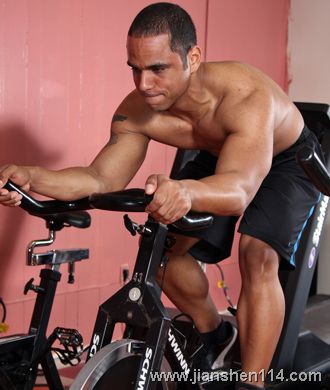
The Swiss ball, also known as the fitness ball or stability ball, has its origins in Switzerland. Initially developed as a rehabilitation tool for individuals with motor nerve damage, it was used to help restore balance and mobility. Over time, it gained popularity beyond medical settings and became a staple in fitness and wellness programs worldwide.
Today, the Swiss ball is widely recognized for its ability to improve coordination, strengthen core muscles, and support the recovery of the back, neck, hips, and other key areas. Its unique design creates an unstable surface that challenges the body’s balance and stability, making it an effective tool for both general fitness and athletic training. It has become a popular exercise equipment in the US, Europe, Australia, and many other regions, remaining a favorite among fitness enthusiasts for its versatility and effectiveness.
Using a Swiss ball can enhance muscle function, improve posture, and reduce the risk of injury by engaging multiple muscle groups at once. It's particularly useful for strengthening the core, which plays a vital role in maintaining balance and supporting the spine. Athletes also use it to increase functional strength and joint stability, which are essential for high-performance sports.
Here are some effective ways to use the Swiss ball:
1. Hand Support Ball Push-Ups
This variation of push-ups adds an extra challenge by using the Swiss ball under your hands. Start by placing your hands on the ball, shoulder-width apart, while your feet are on the ground. Keep your arms at a 90-degree angle to your body and maintain a straight line from your head to your heels. As you lower your body toward the floor, keep your core engaged and avoid arching your back. Push back up to the starting position while keeping your body stable. To increase difficulty, try doing one-arm push-ups or placing two basketballs under your hands for more instability.


2. Supine Knees to Chest on the Ball
Lie flat on the ground with your back against the floor. Place your calves and thighs on the Swiss ball, keeping them at a 90-degree angle. Your arms should be extended on the ground, and your head should be looking up at the ceiling. While keeping your shoulders grounded, bring your knees toward your chest by squeezing the ball between your thighs. Make sure your hips move smoothly without lifting your buttocks off the ground. This exercise helps strengthen the lower back and core muscles.



3. Hip Raises with Hands on the Ball
Start by lying on your back with your legs together on the Swiss ball and your hands on the ground, shoulder-width apart. Keep your arms at a 90-degree angle to your body and your spine aligned. As you lift your hips toward the ceiling, focus on squeezing your glutes and engaging your core. Lower yourself back down slowly, keeping your torso parallel to the ground throughout the movement. For added difficulty, try performing this exercise on one foot or using a smaller ball to increase instability.



Standing Desk Frame, High quality, primum
Suzhou Herstar Medical Technology Co., Ltd. , https://www.hosunherstar.com